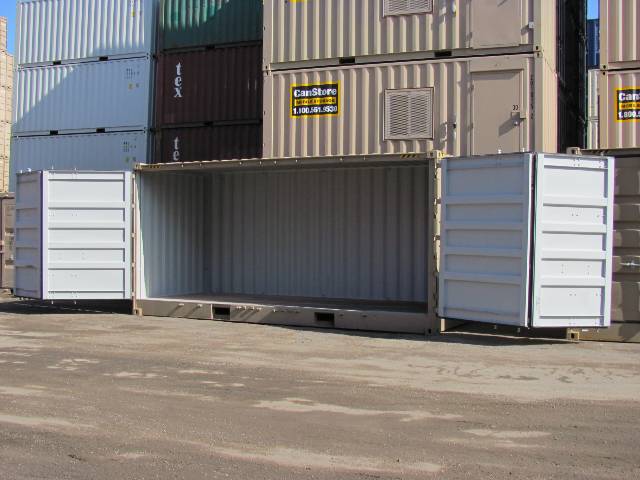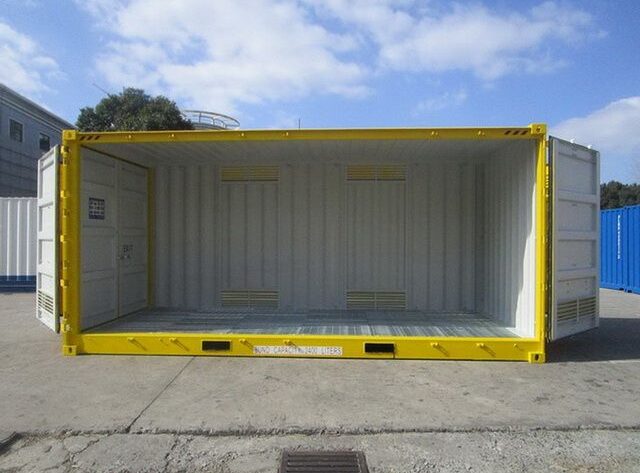In the intricate web of global commerce, container shipping serves as the backbone, facilitating the movement of goods across continents. While developed nations have established efficient systems, developing countries face unique challenges in the realm of container shipping. This article explores the hurdles encountered by these nations and proposes innovative solutions to propel their container shipping capabilities forward.
Understanding the Challenges
1. Infrastructure Limitations:
Developing countries often grapple with inadequate infrastructure, including outdated ports and insufficient transport networks. These limitations hinder the seamless flow of containers, causing delays and inefficiencies.
2. Customs and Regulatory Complexities:
Stringent customs regulations and bureaucratic red tape pose significant challenges. Cumbersome clearance processes contribute to delays and increase the overall cost of container shipping.
3. Technological Disparities:
The rapid evolution of container shipping technologies can leave developing countries lagging. Lack of access to cutting-edge systems and digital platforms can impede their ability to optimize operations.
4. Security Concerns:
Developing nations may grapple with security issues, ranging from theft to more severe threats. Inadequate security measures can lead to losses and deter foreign investments in container shipping infrastructure. For more information or to read all about the challenges and solutions of container shipping in developing countries, visit https://www.emptylighthome.com/the-environmental-impact-of-repurposing-shipping-containers.

Innovative Solutions
1. Investment in Infrastructure:
Governments and private enterprises must collaborate to invest in upgrading port facilities and transportation networks. Modernizing infrastructure can enhance efficiency, reduce delays, and attract global shipping partners.
2. Streamlined Regulatory Processes:
Simplifying customs procedures and reducing bureaucratic hurdles is crucial. Implementing streamlined, technology-driven clearance systems can expedite container movement and reduce associated costs.
3. Adopting Digital Technologies:
Embracing digitalization is imperative for developing countries to stay competitive. Implementing tracking systems, Internet of Things (IoT) devices, and data analytics can optimize container shipping processes and improve overall efficiency.
4. Enhanced Security Measures:
Governments should prioritize the implementation of robust security measures. This includes investing in surveillance technologies, training personnel, and fostering international collaborations to combat security threats effectively.
Conclusion
Container shipping is a vital component of global trade, and overcoming challenges in developing countries is crucial for a balanced and efficient global supply chain. By addressing infrastructure limitations, regulatory complexities, technological disparities, and security concerns, these nations can unlock their potential in the container shipping industry.
In conclusion, a concerted effort from governments, private sectors, and international organizations is essential to pave the way for smoother container shipping operations in developing countries. The challenges are formidable, but with strategic investments and innovative solutions, these nations can transform their container shipping landscape.





